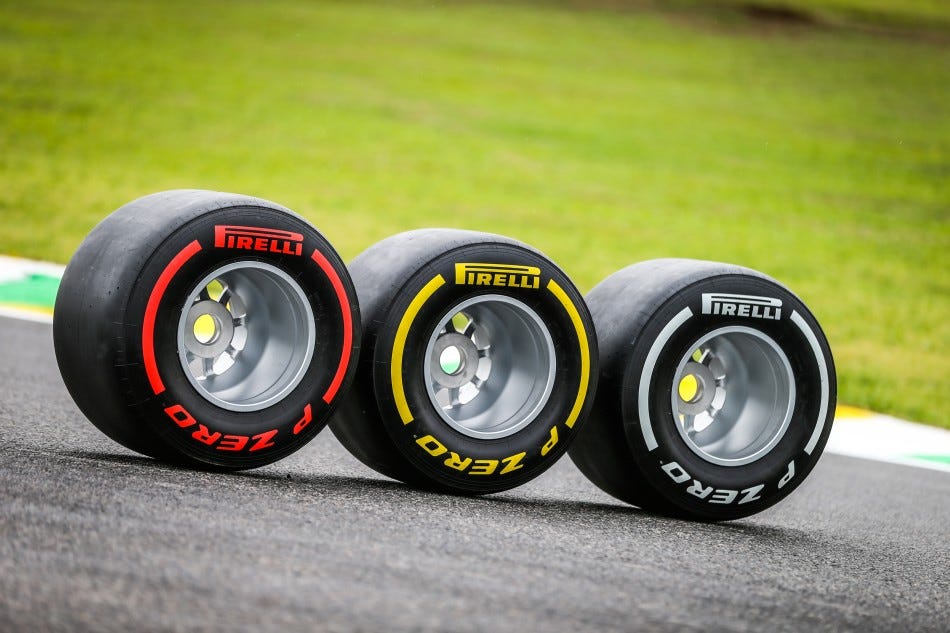In Formula One, tire strategy is one of the most crucial aspects of a team’s race weekend planning. The right tire choice can be the difference between winning and losing a race. This article delves into the science behind tire strategies in Formula racing, exploring various factors that influence tire performance and the decision-making process behind tire selection.
Tire Compounds: Finding the Right Balance
Formula racing tires are available in various compounds, which differ in terms of grip and durability. Softer compounds offer more grip but wear out more quickly, while harder compounds last longer but provide less grip. Teams must strike a balance between these factors to optimize their tire strategy.
Track Surface and Conditions
Different circuits have unique surfaces and characteristics that can affect tire performance. For example, street circuits are usually more abrasive and can cause higher tire wear, while some circuits are known for their high-speed corners, requiring tires with greater lateral grip. Teams must consider track characteristics when selecting tire compounds for each race.
Ambient and Track Temperature
Temperature plays a significant role in tire performance. Softer compounds tend to work better in cooler conditions, while harder compounds are more suitable for warmer temperatures. Teams must monitor the weather forecast and make adjustments to their tire strategy accordingly.
Tire Management and Degradation
Tire degradation refers to the reduction in grip and performance as a tire wears out. Drivers must manage their tires throughout the race to maintain optimal performance. This can involve adjusting driving style, managing tire temperatures, and even modifying the car’s setup to minimize wear.
Pit Stop Strategy
The number and timing of pit stops play a vital role in tire strategy. Teams must decide when to change tires to minimize time lost in the pit lane while maximizing performance on the track. This decision is influenced by factors such as tire wear, fuel load, and track position.
Safety Cars and Virtual Safety Cars
Safety Car (SC) and Virtual Safety Car (VSC) periods present opportunities to change tires with reduced time loss compared to a regular pit stop. Teams must be ready to react and adjust their tire strategy if an SC or VSC is deployed.
Tire Allocation and Limits
Formula racing has specific rules governing tire allocation and usage. Teams receive a limited number of tire sets for each race weekend and must use at least two different tire compounds during a race. These limitations add an extra layer of complexity to tire strategy, as teams must carefully manage their tire usage throughout the weekend.
Data Analysis and Simulation
Teams rely heavily on data analysis and simulation tools to predict tire performance and plan their tire strategy. This includes analyzing previous races at the same circuit, simulating different tire strategies, and evaluating real-time telemetry data during practice sessions.
Conclusion
The science of tire strategy in Formula racing is a complex and multifaceted aspect of the sport, influenced by various factors such as tire compounds, track conditions, and pit stop timing. Teams must carefully analyze data and make informed decisions to optimize their tire strategy and maximize performance on race day. As Formula racing continues to evolve, tire strategy will remain a critical factor in determining the outcome of races and championships.



